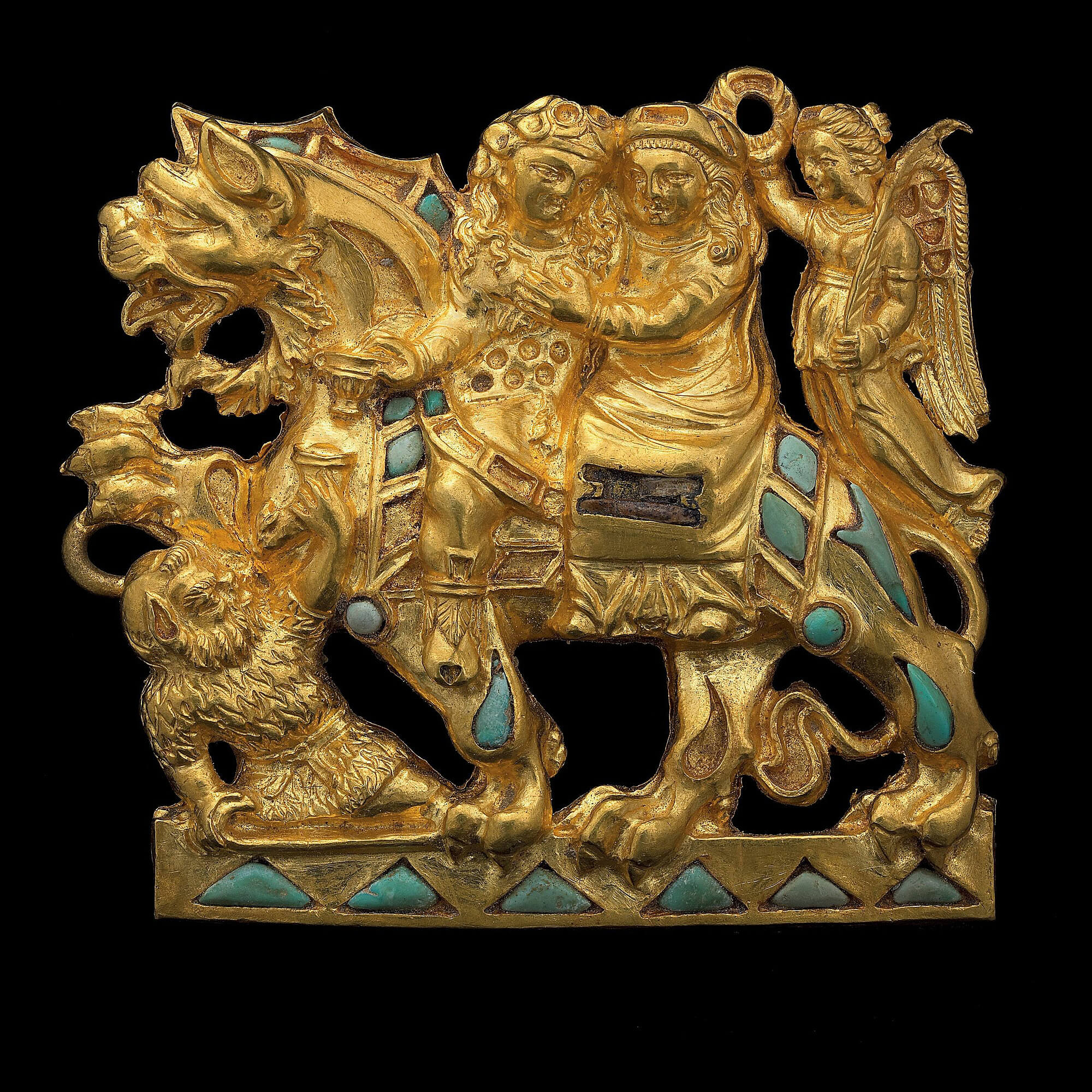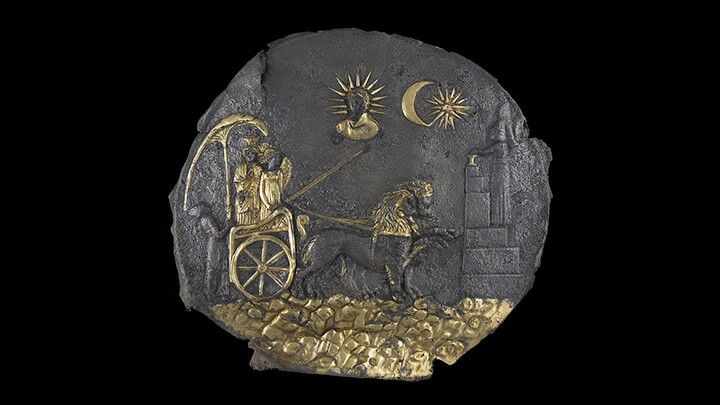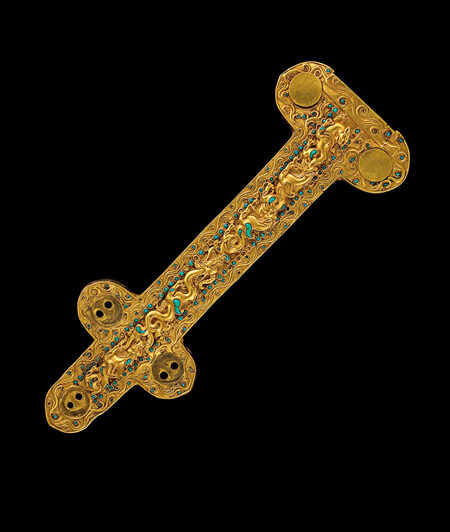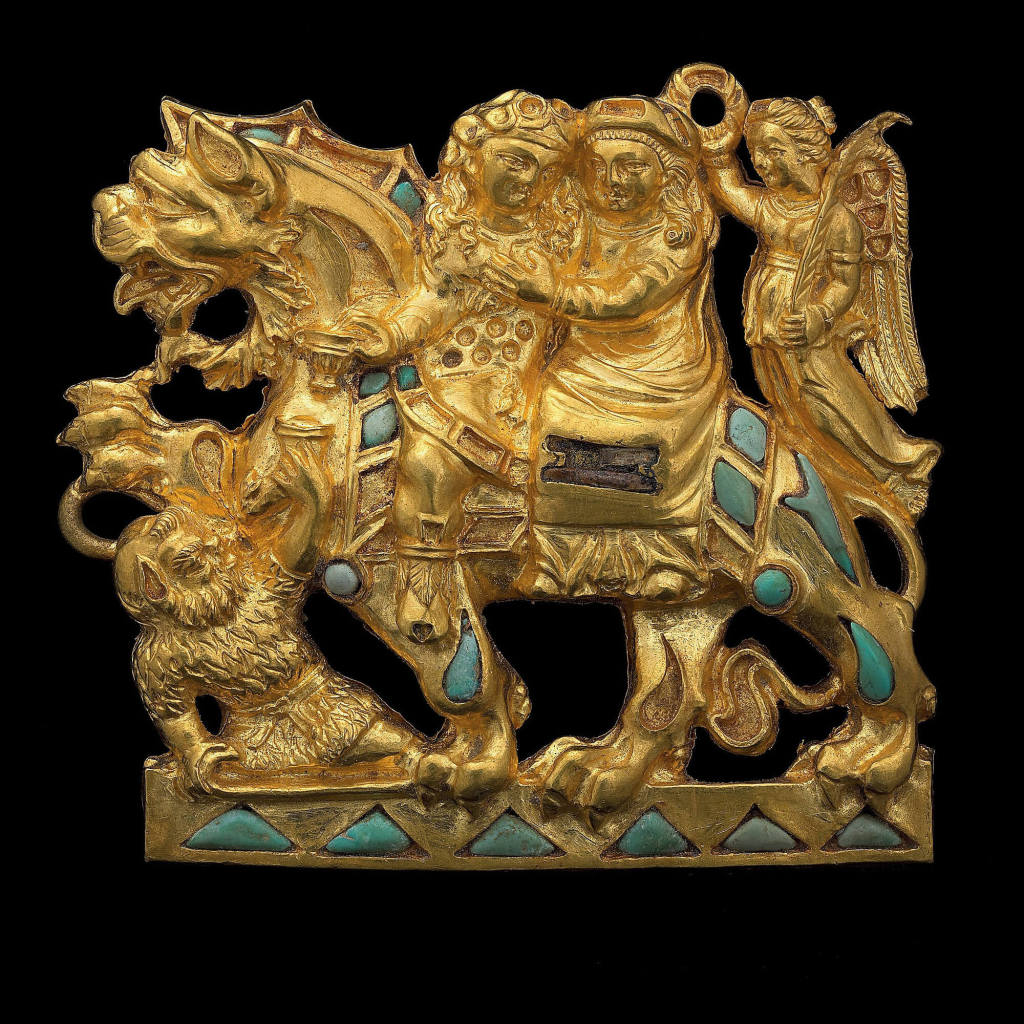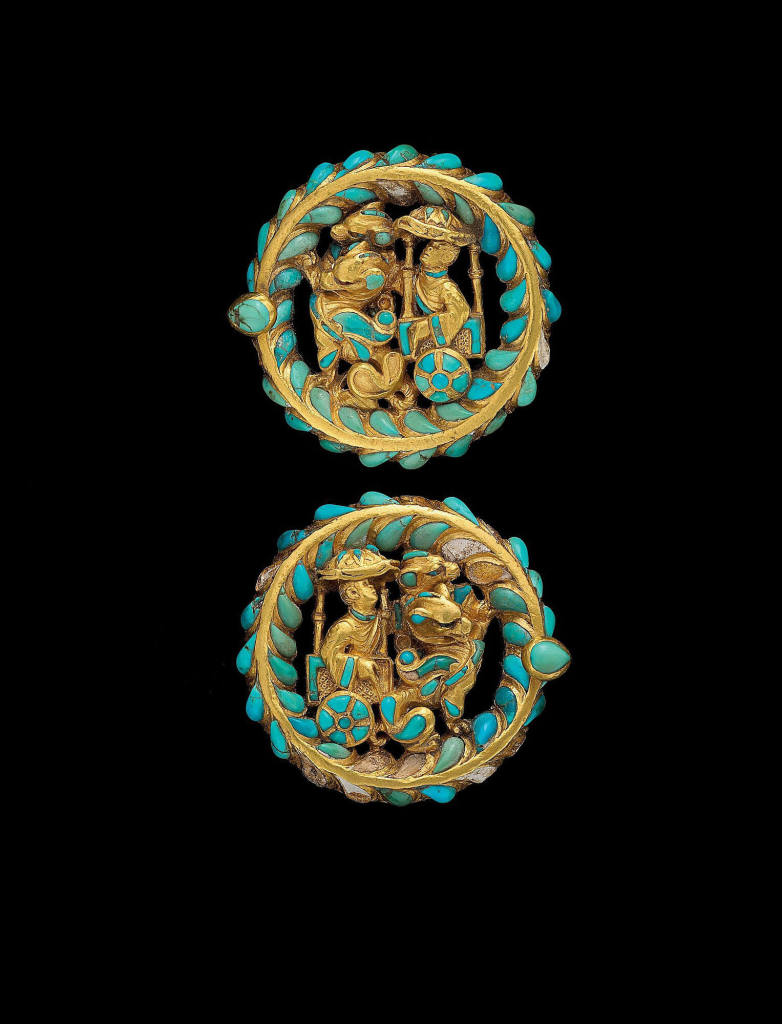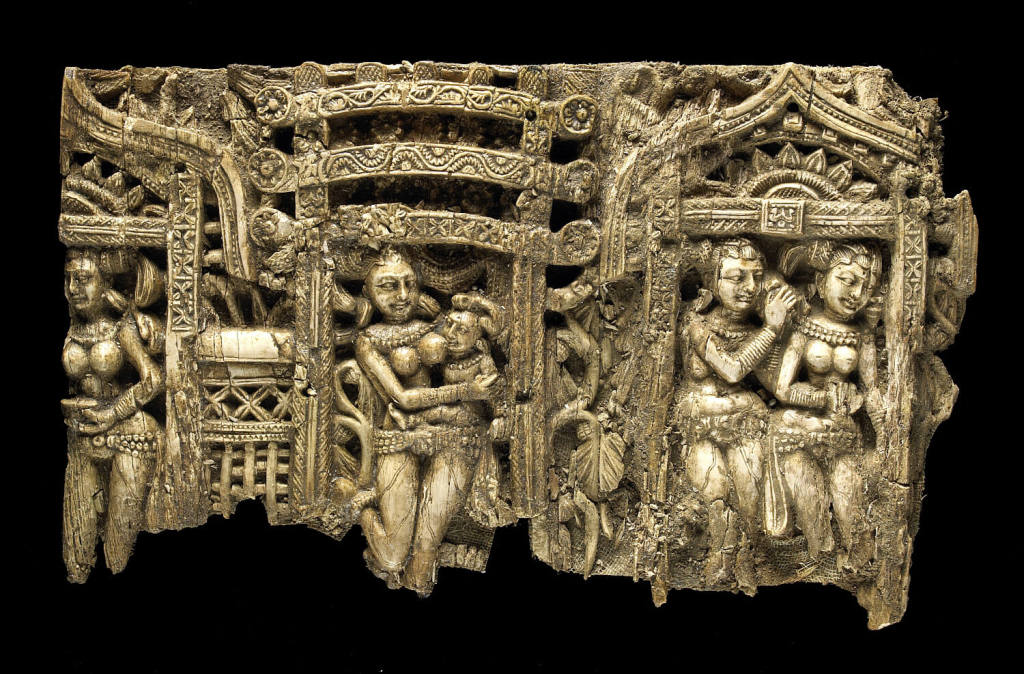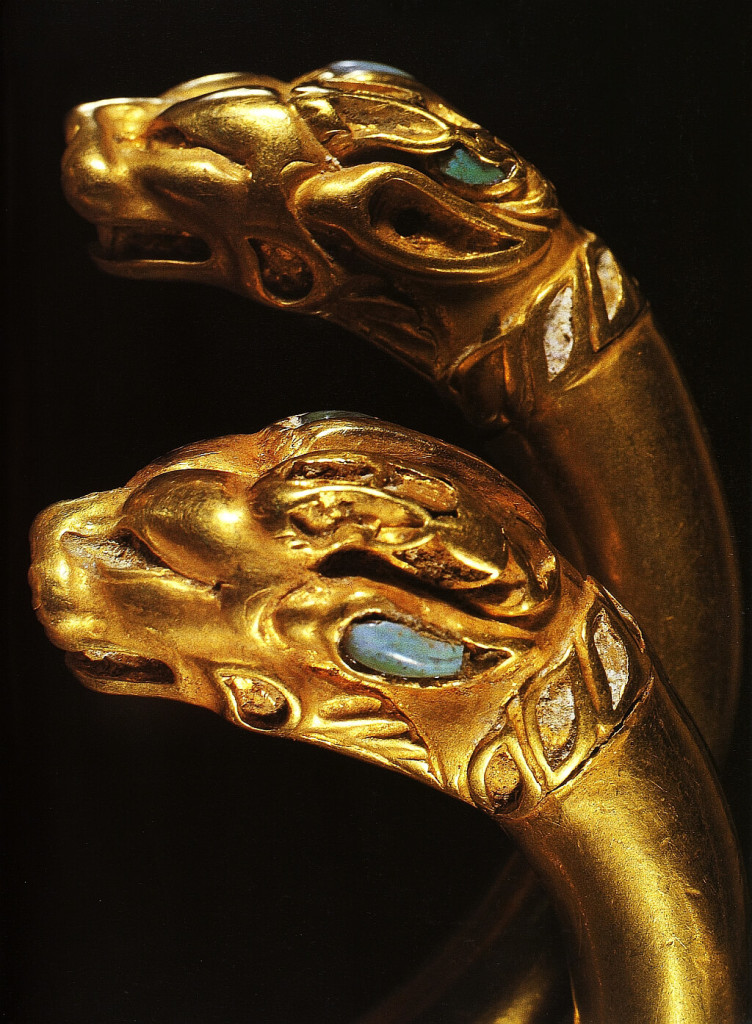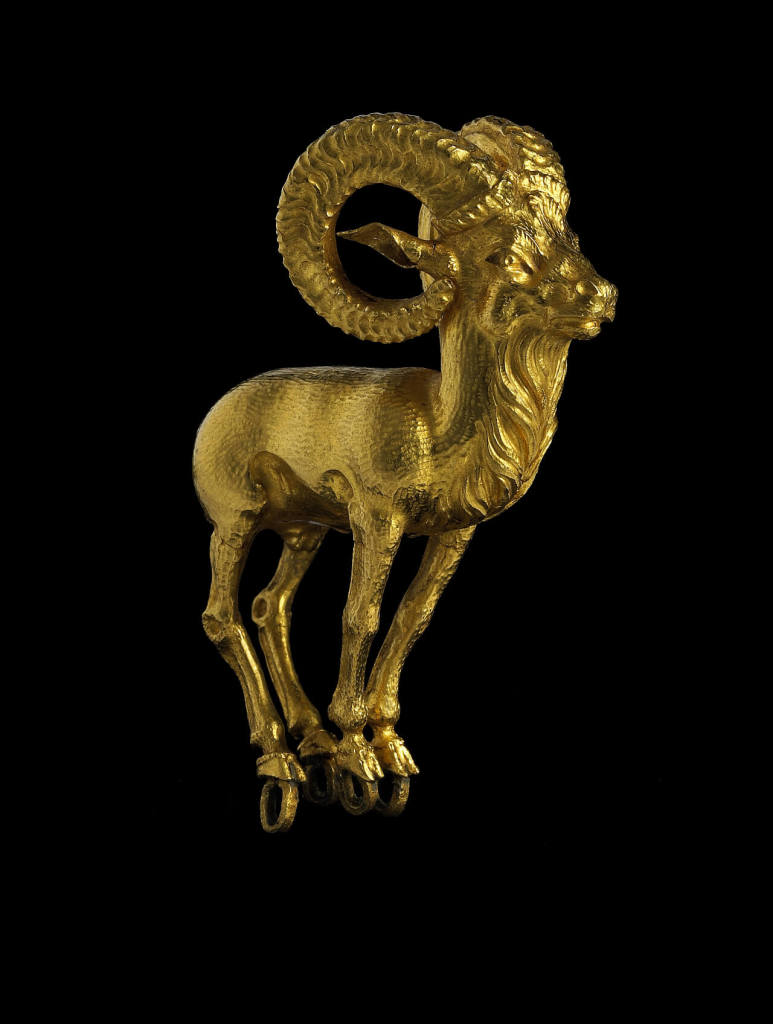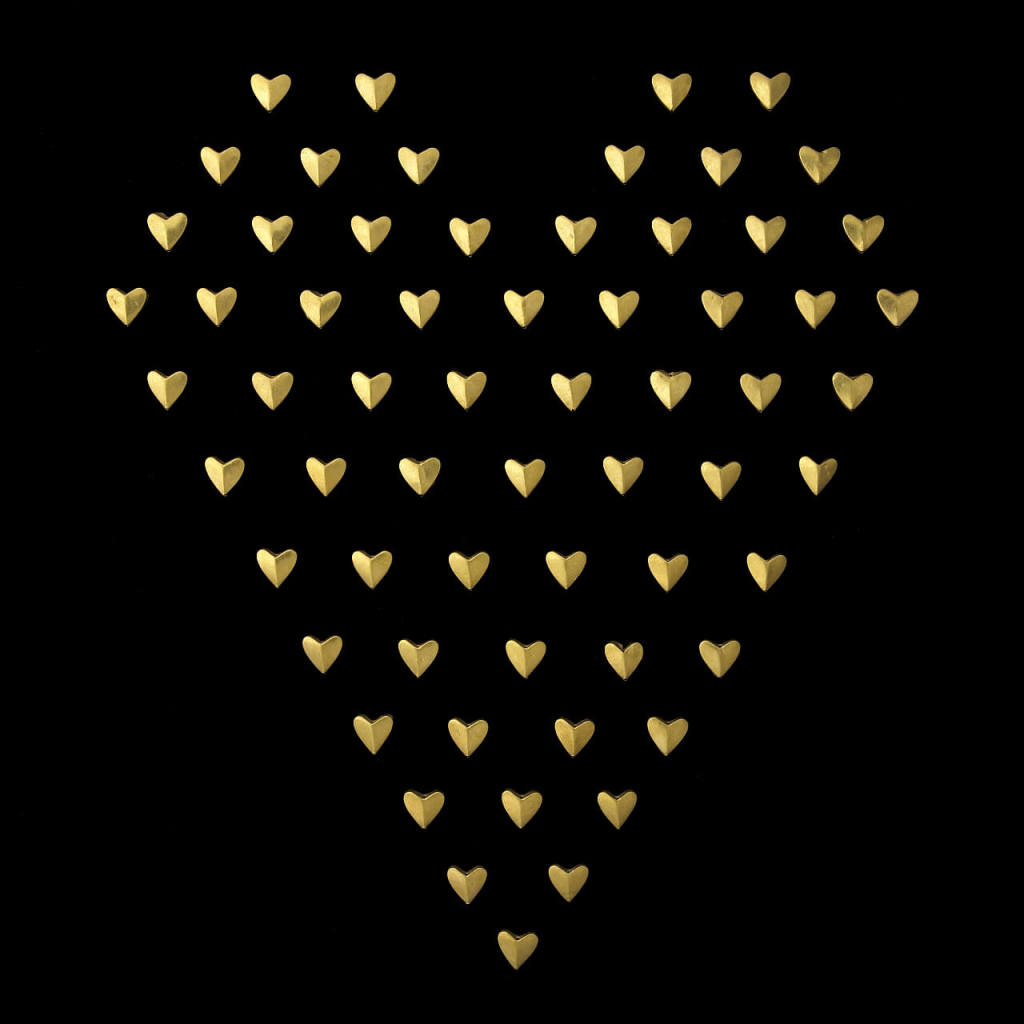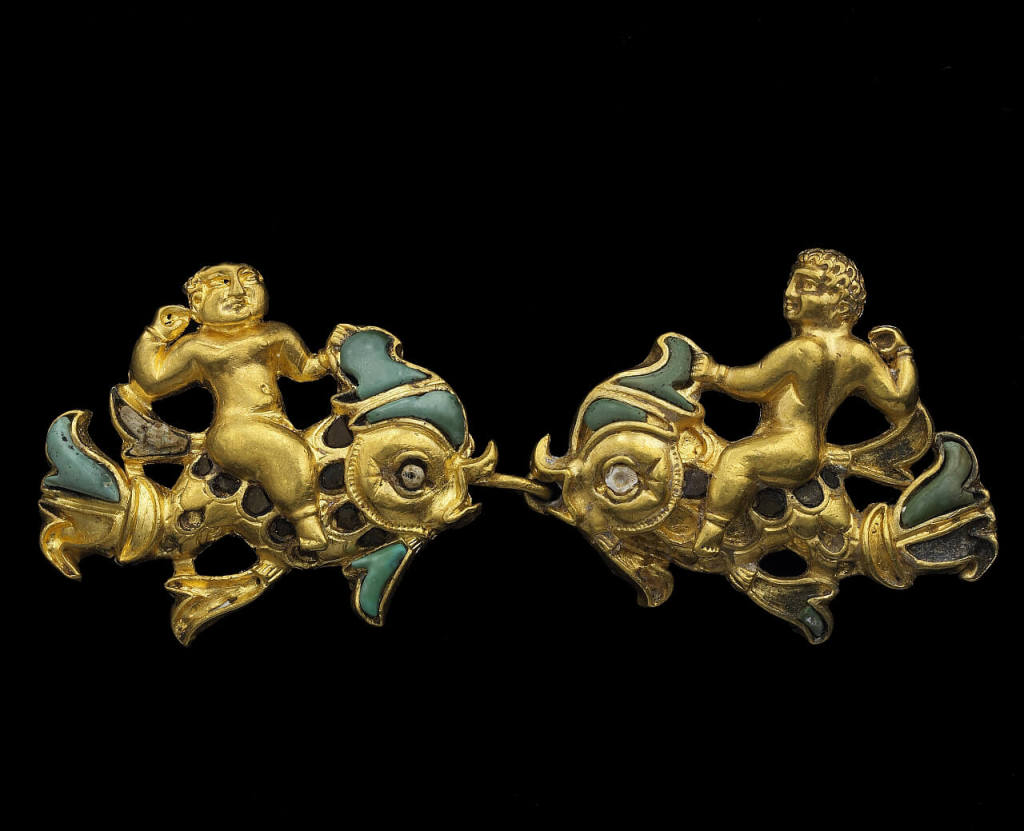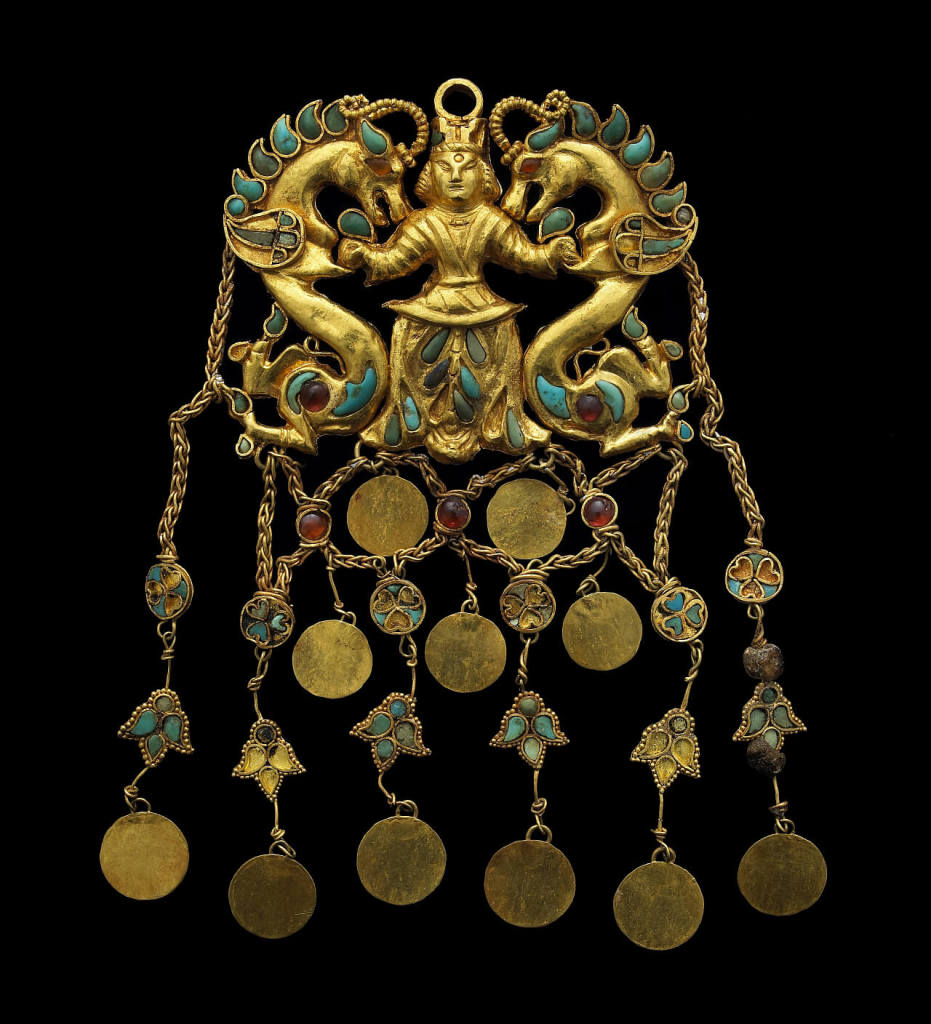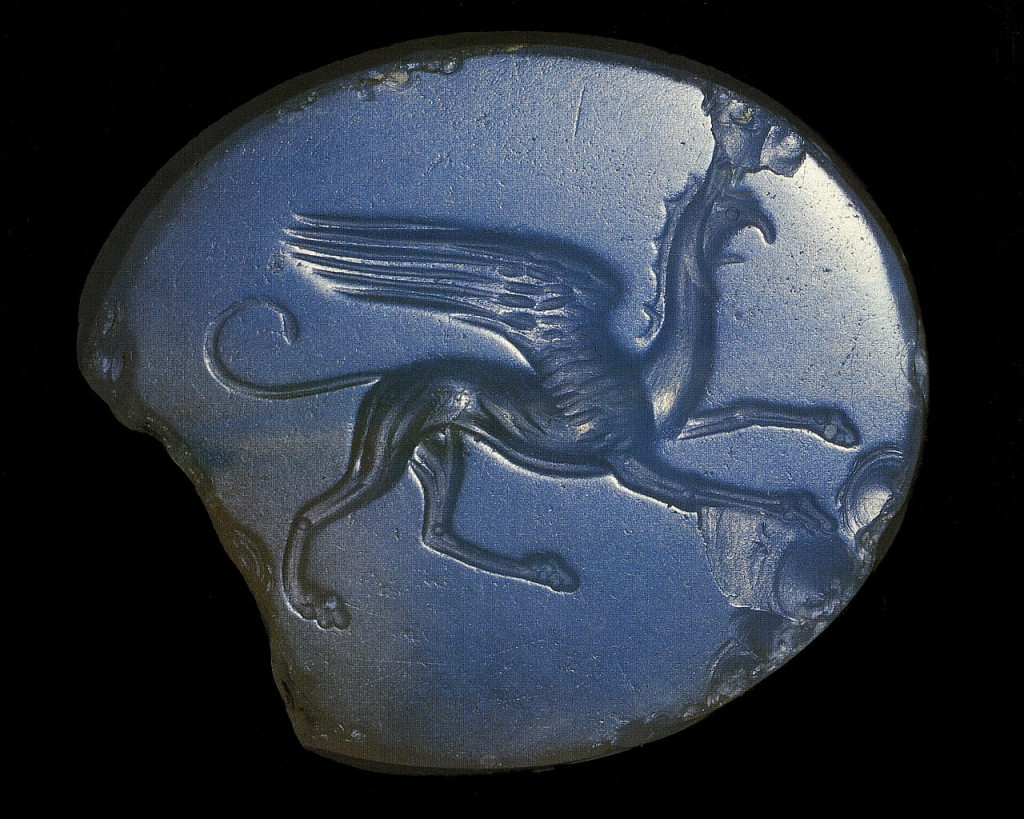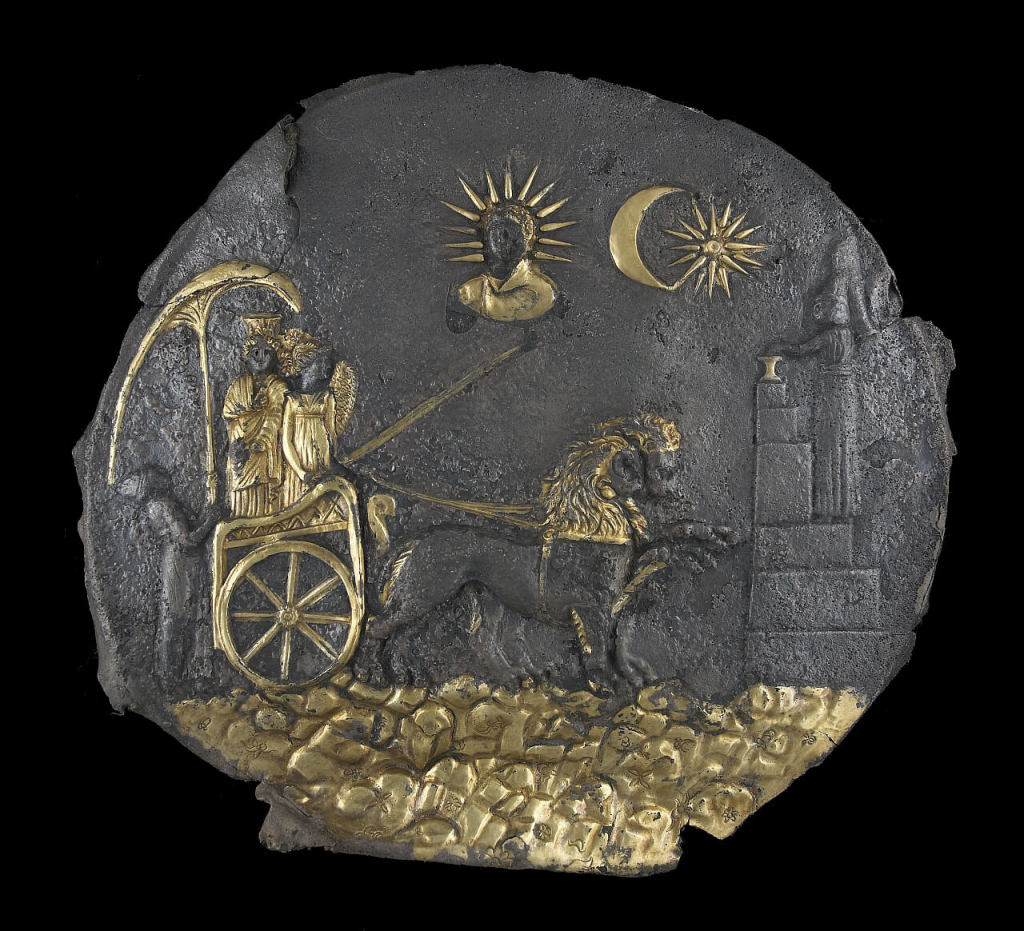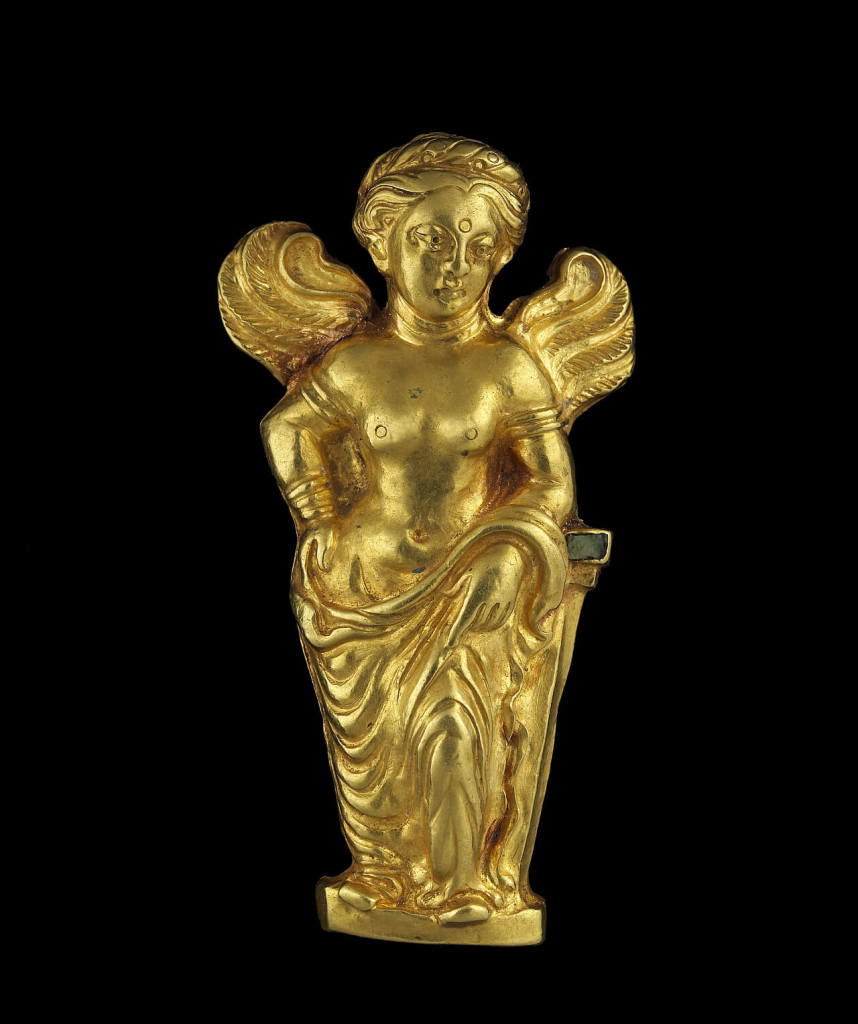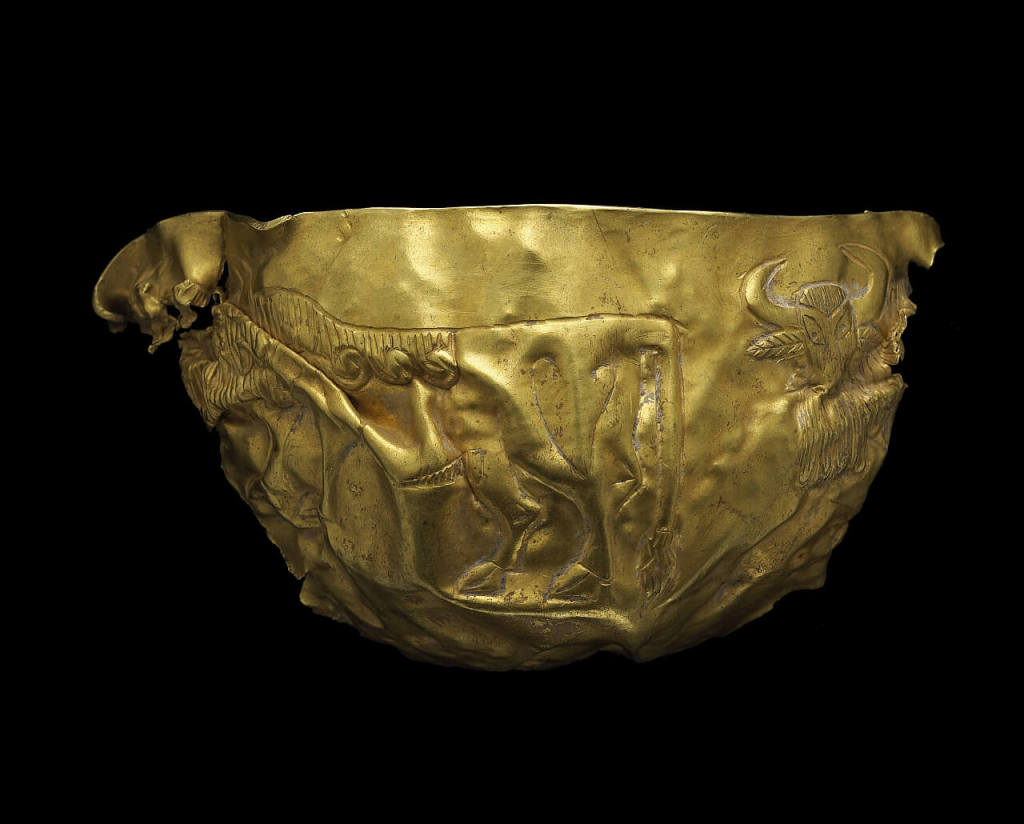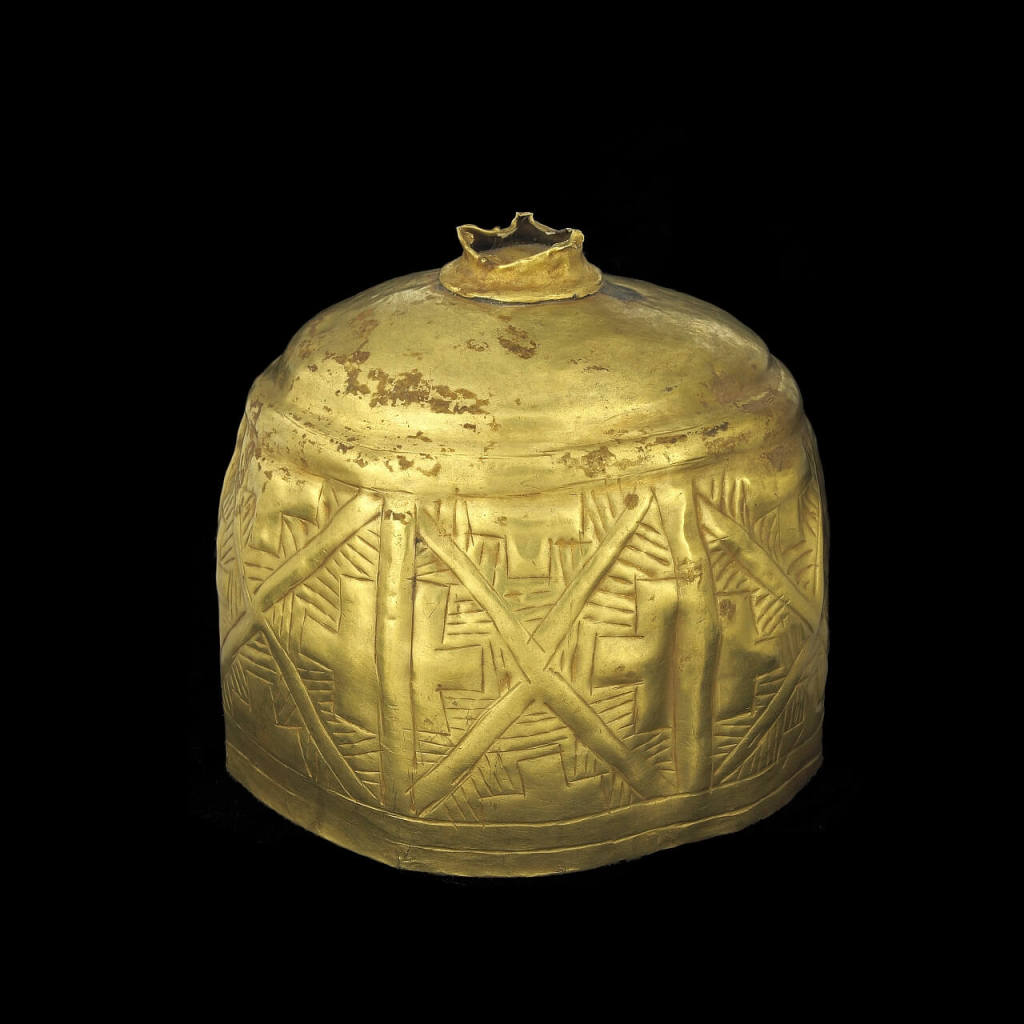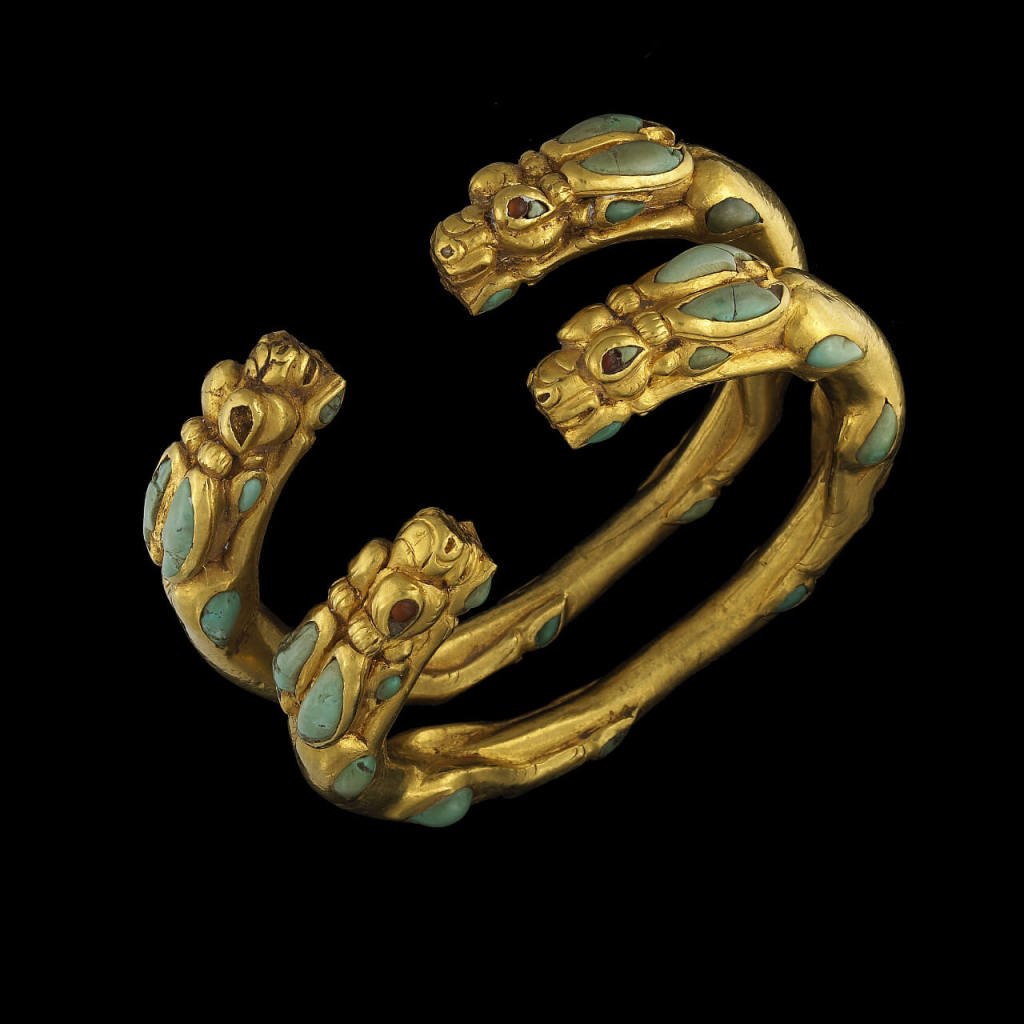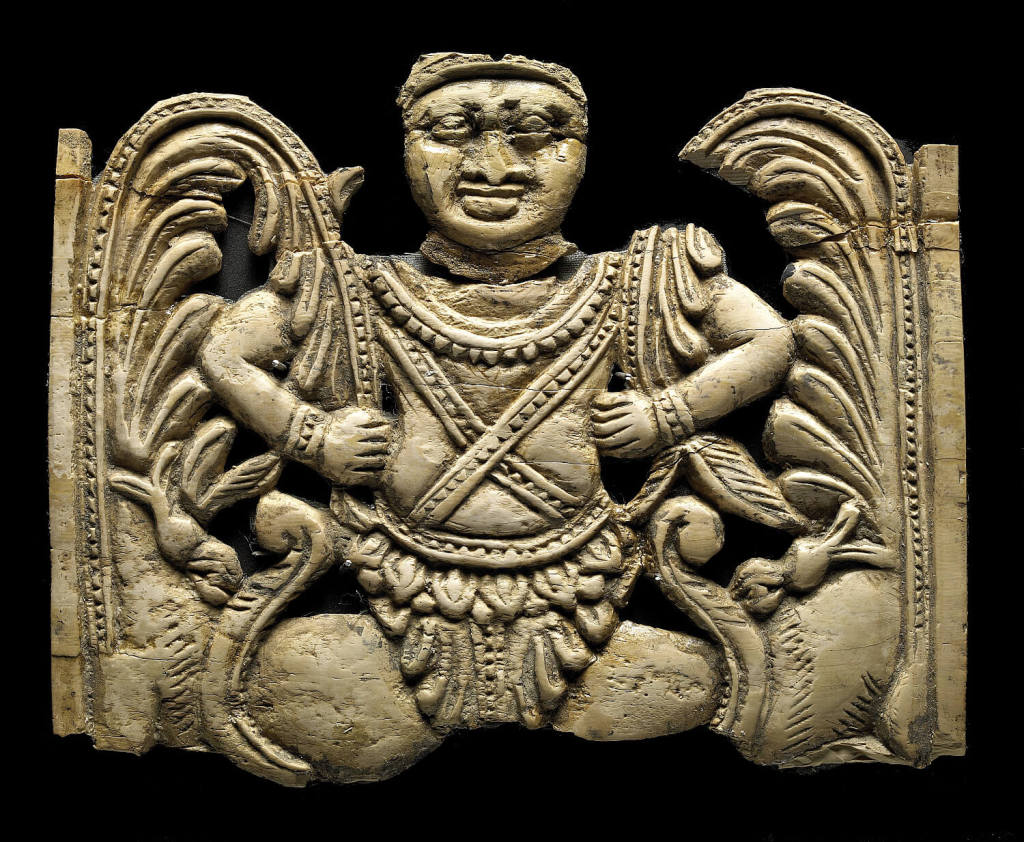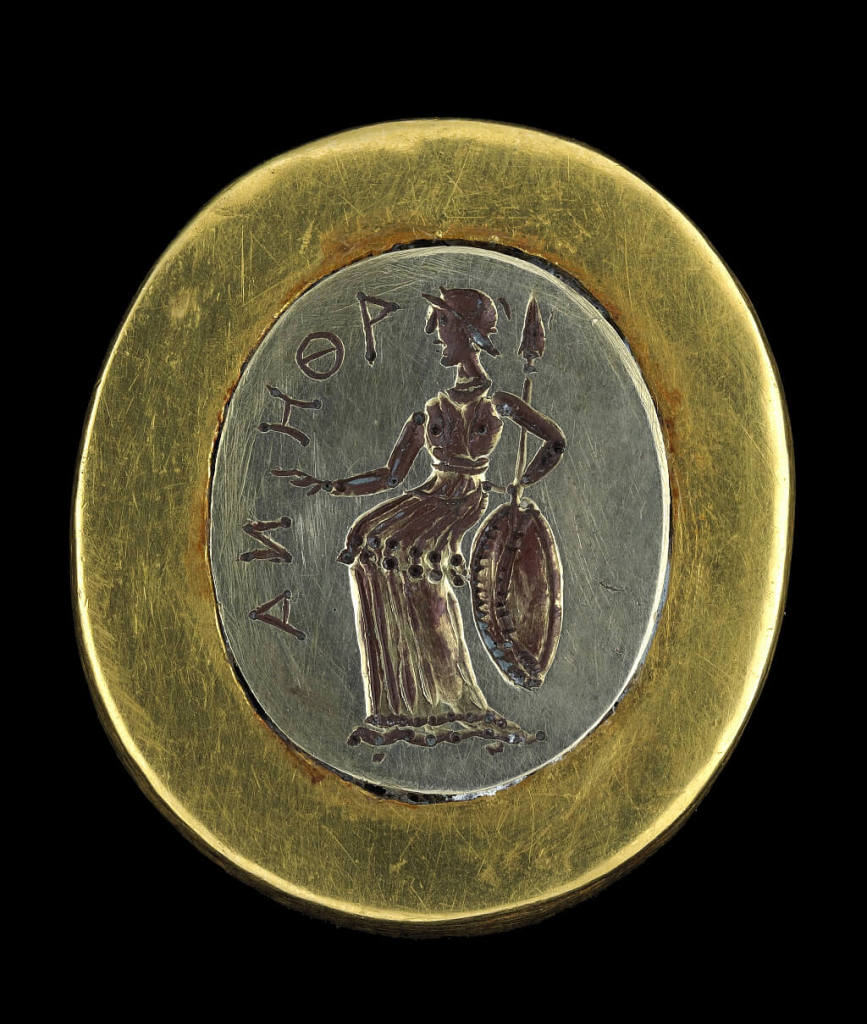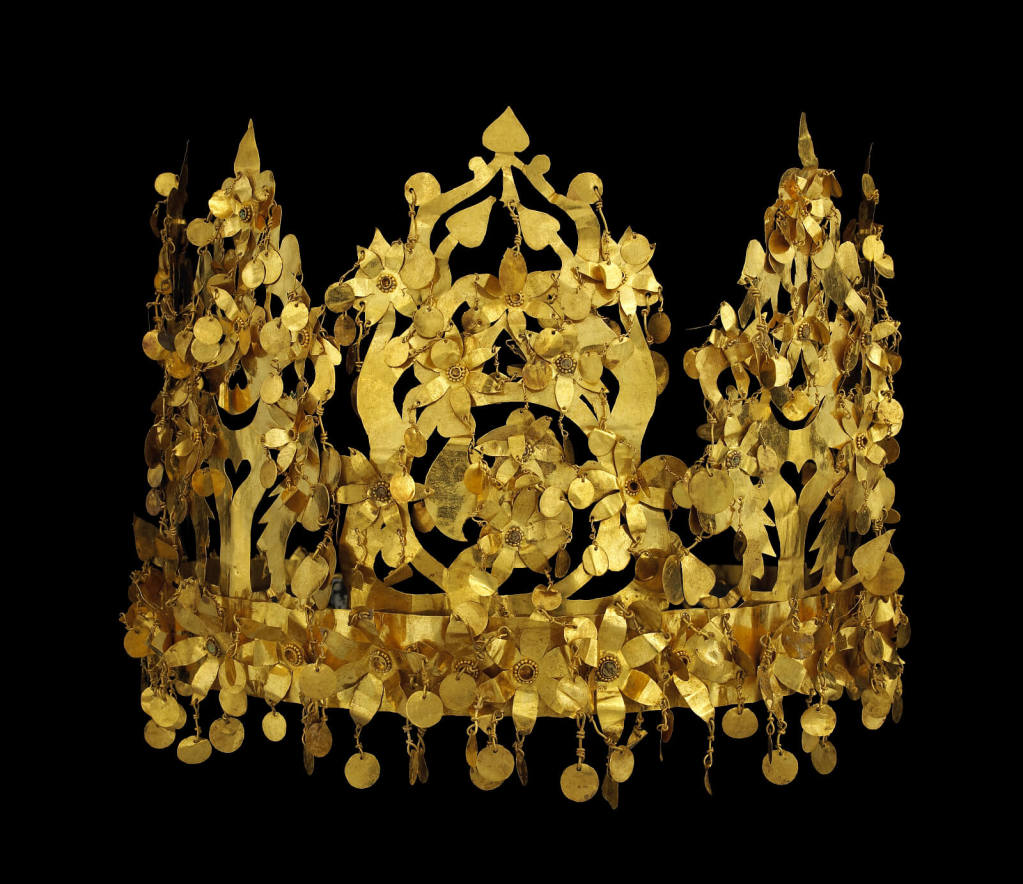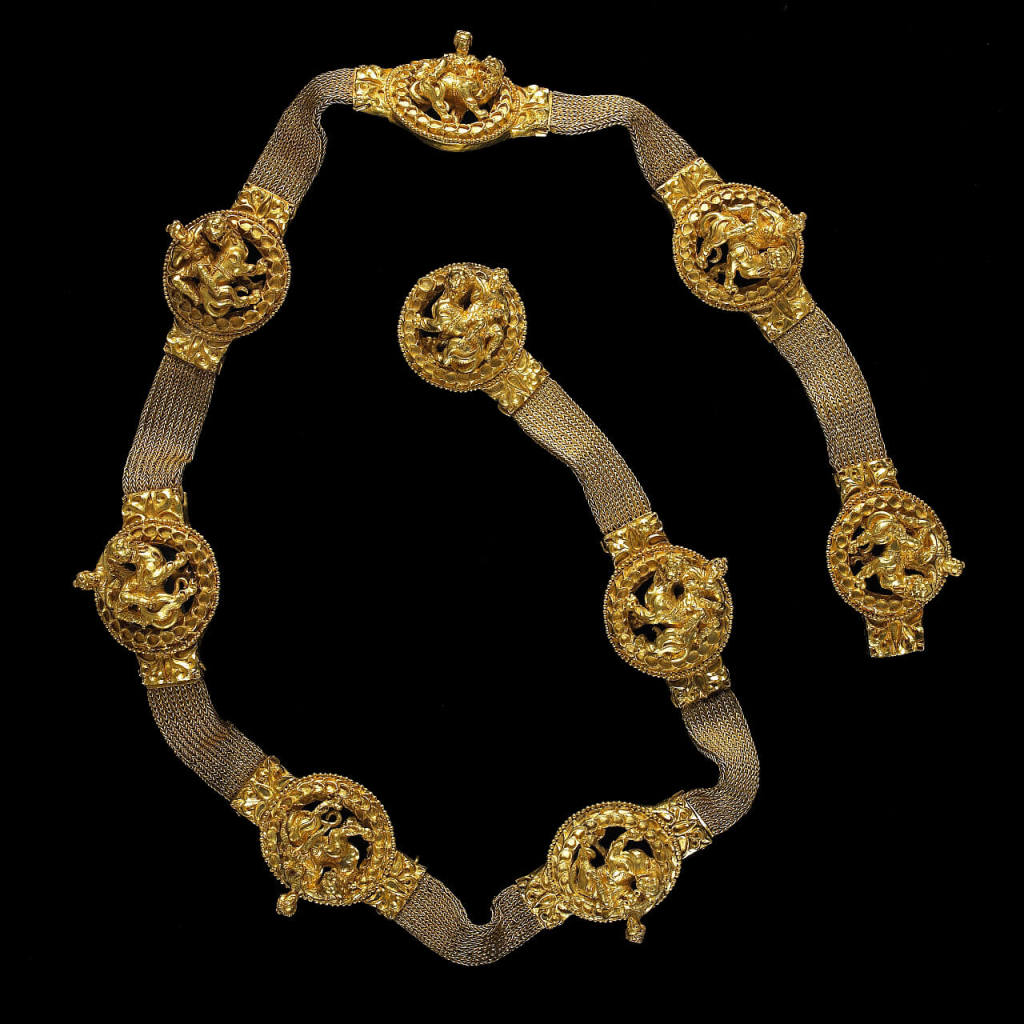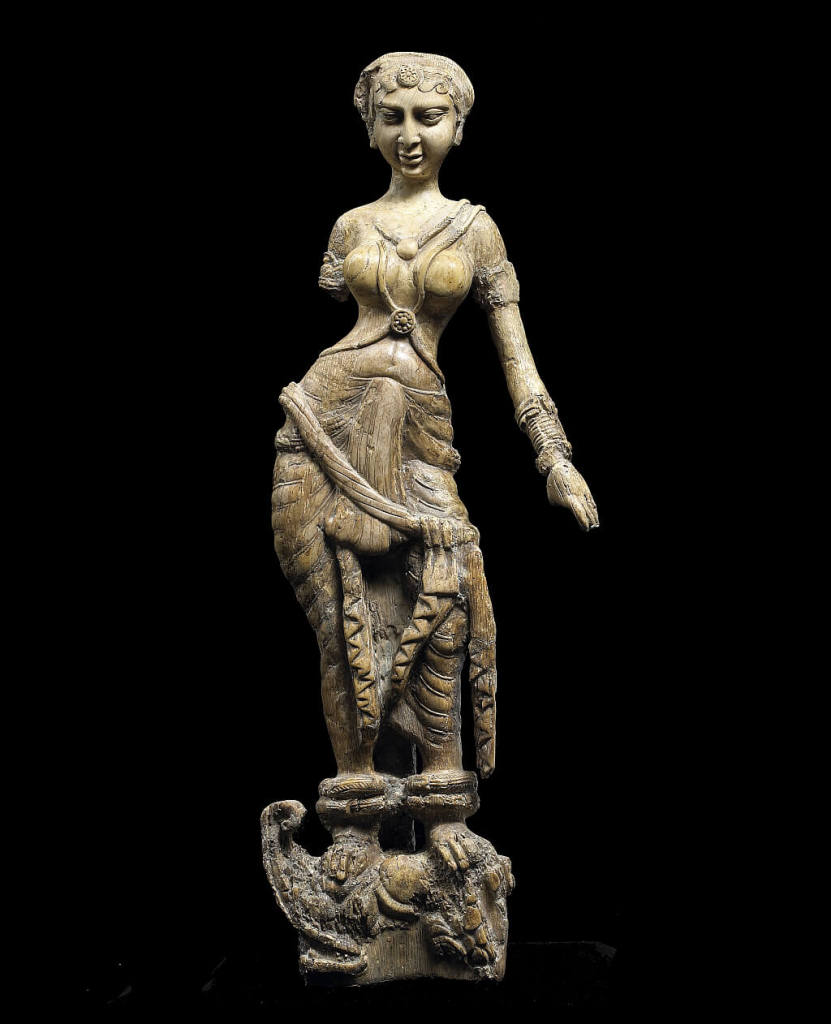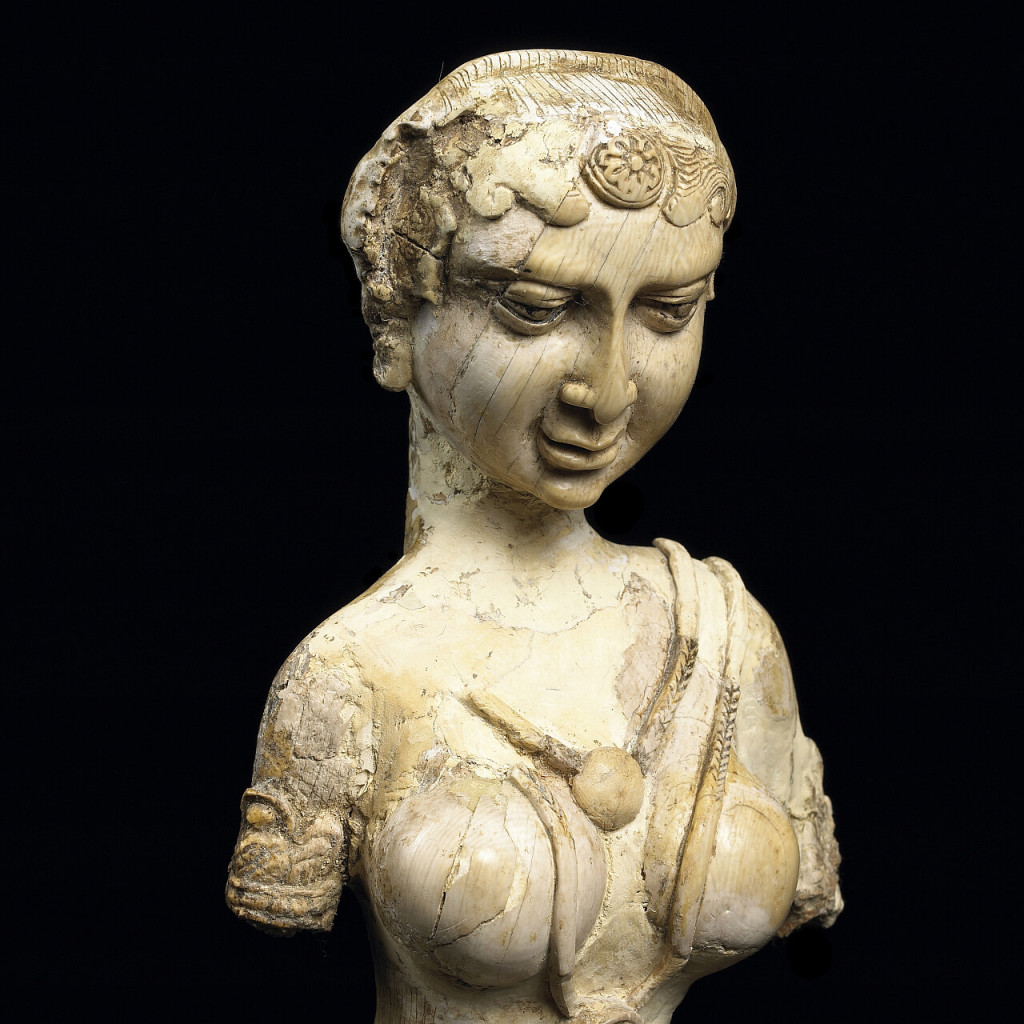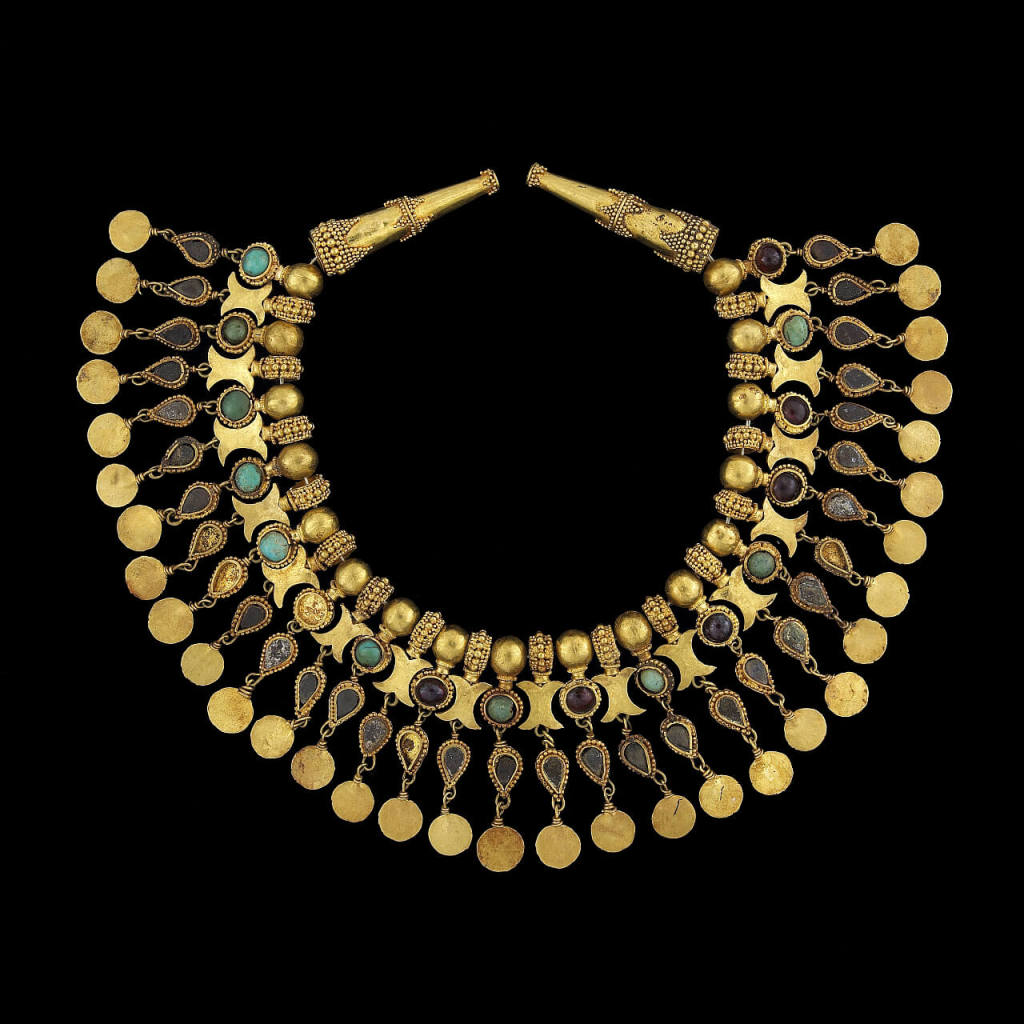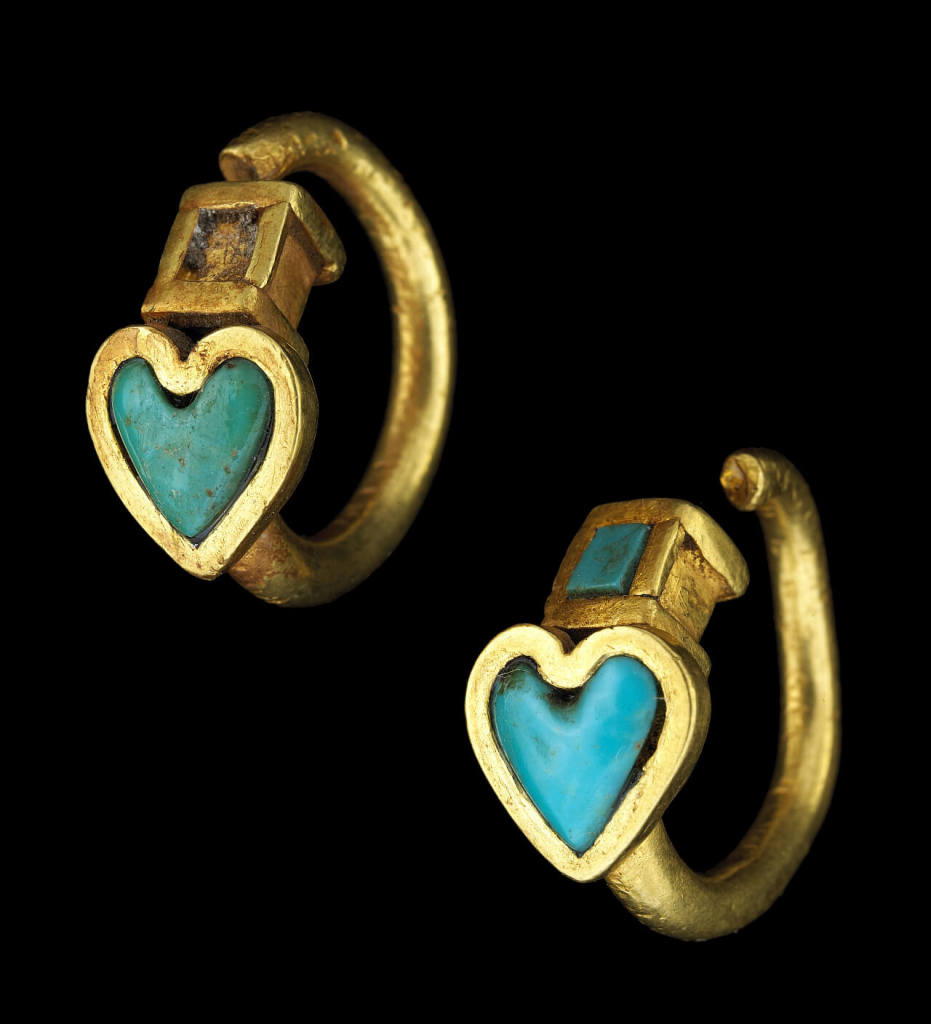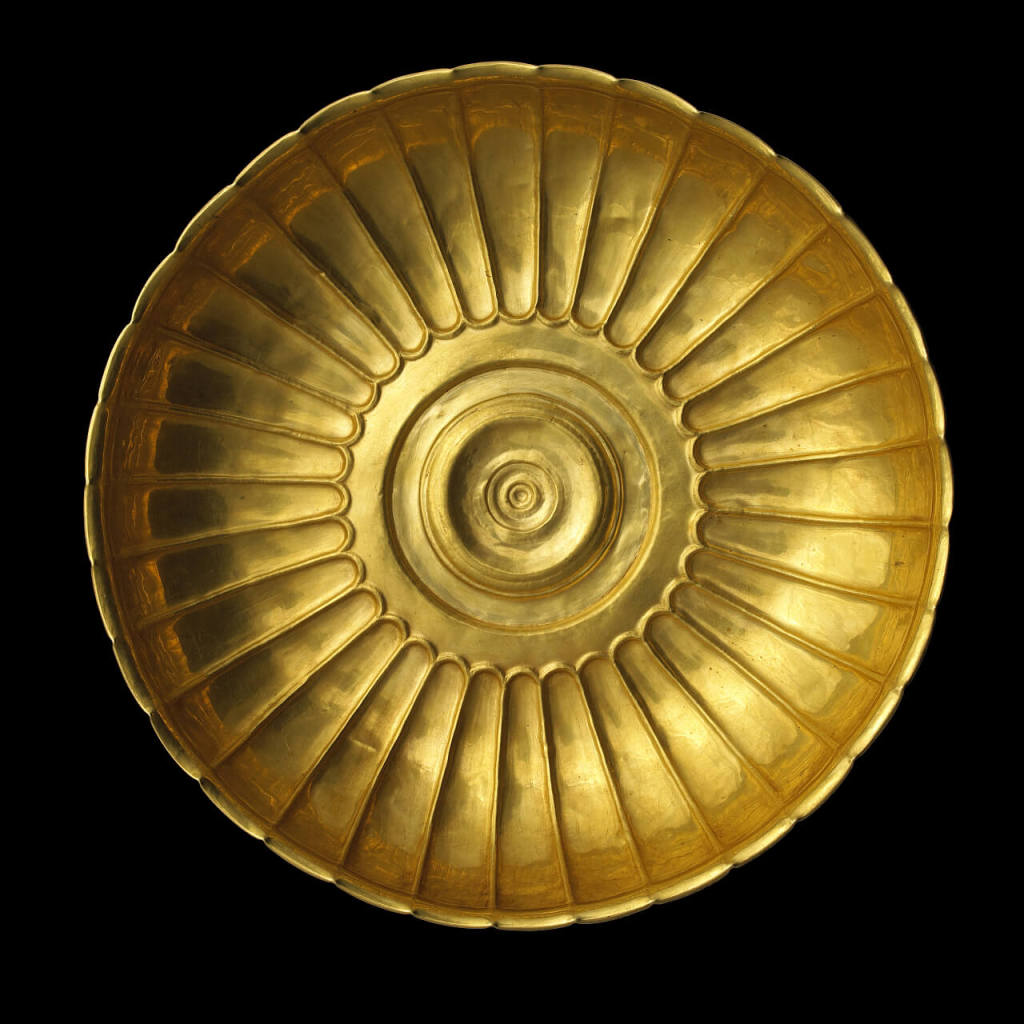Kabul National Museum
Founded in 1924 and first housed in Koti Baghcha, a royal palace in Kabul, the museum moved to its current location in 1931. The Kabul Museum houses a wide variety of archaeological and artistic items representing Afghanistan’s rich and varied past. The diversity of the museum’s collection is a result of Afghanistan’s location along the ancient Silk Road, an important trade route linking Asia to Europe and the Middle East, which brought a wide variety of goods, as well as new ideas, to the region. The museum’s permanent collection included objects such as Neanderthal remains, Buddhist stucco sculptures, and ancient Hindu marble statuary. It also held a restored statue of King Kaniska and a collection of Bactrian gold objects (100 bce to 100 ce) that were excavated in northern Afghanistan in the late 1970s. The museum also housed one of the world’s most significant collections of Greek and Roman coins.
Many of the museum’s treasures were stolen or destroyed amid the strife that has plagued the region. During the civil war in the early 1990s the museum suffered catastrophic damage, including a devastating rocket attack in 1993, and looters made off with about three-quarters of the collection. The remaining artifacts were further decimated when the Taliban regime gained control of the region, purging all pre-Islamic statues and images, including the destruction of the famed Buddha statues at Bamiyan.
The museum lay in ruins until 2003, when the international community funded repairs that allowed the building to reopen in 2004. In 2003 the Bactrian gold collection, feared lost during the years of conflict, was retrieved from a vault in a presidential palace, where it had been hidden for safekeeping since 1988. Afghan and international efforts to preserve the collection have helped save thousands of objects.
About the Kabul Museum
For thousands of years, Afghanistan was a crossroad for trade from India, Iran, and Central Asia. As a result, many treasures and artifacts have been discovered and collected. The Kabul Museum, housed the most comprehensive record of Central Asian history. Many of its pieces have been dated as far back as pre-historic times. One of the museum’s largest displays, was the magnificent Bagram Collection. Discovered in 1939, by archaeologists excavating a Kushan fort, it contained an amazing 1,800 pieces from India, Rome, Greece, Egypt, and Central Asia. The Kabul Museum also had one of the largest displays of Greek and Roman coins found near Kabul. This collection was a historical treasure, as it contained coins from numerous civilizations dating from the 8th century B.C. to the late 19th century.
These treasures and many others were tragically lost when the Kabul Museum was bombed in 1993. At first, only the upper galleries suffered losses and looting. The remaining artifacts, were transferred to lower leveled, steel doored vaults. In 1994, the United Nations attempted to stop the looting by repairing the doors, and bricking up the windows. Disappointingly, these attempts failed, and looters continued to plunder 90% of the museum’s collections. Both private collectors and antique dealers from as far away as Tokyo, have purchased stolen museum pieces. Looted artifacts have shown up all over the world, and they bring in large sums of money to the criminals.
In early March 2001, the Taliban decided to destroy all pre-Islamic statues and objects in Afghanistan, after an edict was announced by their leader Mullah Omar in late February. The Taliban destroyed numerous statues in the museum which survived the previous looting and destruction as a result of war. The Taliban also destroyed the two giant Buddhas from the 5th century in Bamiyan, and other ancient historical statues in Ghazni. One of the Buddhas in Bamiyan was the world’s tallest standing Buddha.
The purpose of this page, is to help others enjoy the contents of the Kabul Museum prior to its destruction. It is important to remember our rich cultural heritage. We feel that Afghans need to have a link to their past. It is our deepest hope that the beautiful treasures of our country can one day be found and returned to their rightful home.


